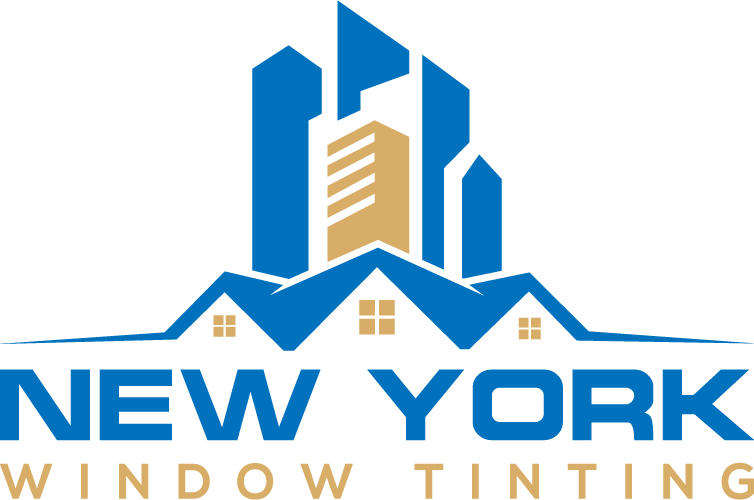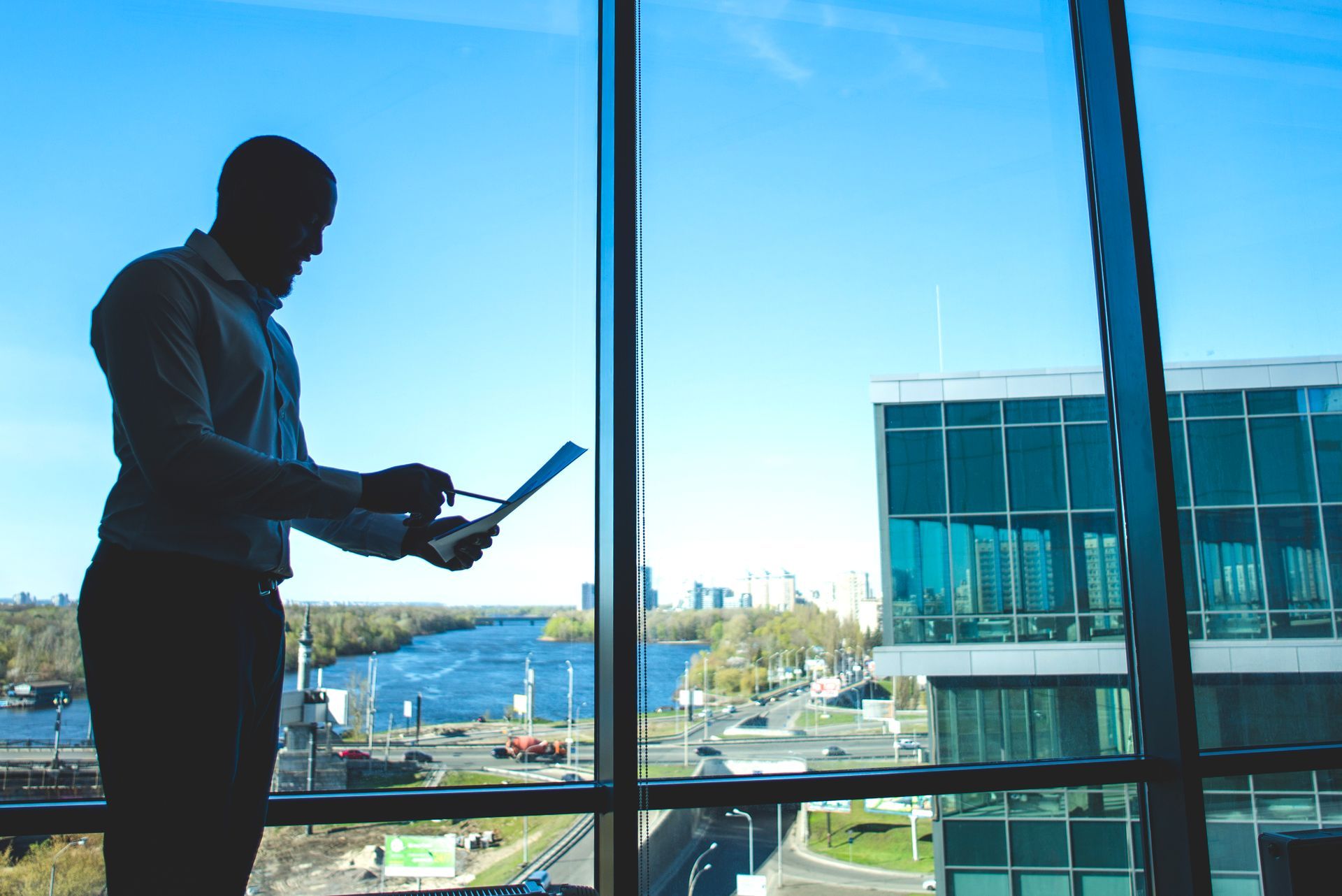Energy efficiency is a significant concern for businesses looking to reduce costs and improve their environmental footprint. One effective way to achieve this is through commercial window tinting. This simple yet powerful solution can significantly impact the energy consumption of a building.
Window tinting works by controlling the amount of heat and light that enters a building. It helps to maintain a comfortable indoor temperature, reducing the need for excessive heating or cooling.
This means businesses can enjoy lower energy bills while also creating a more pleasant environment for employees and customers. Continue reading as we share more about energy efficiency in commercial window tinting, so you can make informed decisions that positively affect your bottom line and sustainability goals.
Understanding How Window Tinting Improves Energy Efficiency
Commercial window tinting works by reducing the amount of heat and light that penetrates through windows. This process starts with the installation of a thin film made up of multiple layers, each designed to filter different aspects of sunlight. These layers can include dyes, metals, or ceramics, which work together to block or reflect specific wavelengths of light.
One of the primary ways window tinting enhances energy efficiency is by reducing solar heat gain. When untreated windows allow sunlight to pour into a building, it increases the indoor temperature, forcing air conditioning systems to work harder. Window tinting helps maintain a cooler interior by reflecting a significant portion of incoming sunlight back outside, thus lowering the strain on cooling systems and cutting energy consumption.
Besides regulating temperature, window tints also reduce glare and enhance occupant comfort. By filtering out harsh light, they create a more pleasant environment that can boost productivity and reduce eye strain.
Additionally, window tints can protect furniture, carpets, and equipment from fading due to prolonged sun exposure, which is another indirect way they contribute to energy efficiency by extending the lifespan of these items.
The Role of UV and Infrared Rejection in Energy Savings
Ultraviolet (UV) and infrared radiation are two critical components of sunlight that affect both the comfort inside a building and its energy efficiency. Window tinting films are specially designed to reject these harmful rays.
UV Rejection: UV rays are not just harmful to human skin; they also damage fabrics, furniture, and artwork over time. High-quality window tints can block up to 99% of UV radiation, effectively reducing the wear and tear on interior décor and items. This helps businesses save on replacement costs and maintain a more attractive and functional work environment.
Infrared Rejection: Infrared rays are primarily responsible for the heat we feel from the sun. By rejecting these rays, window tints significantly reduce heat gain inside a building. This decreases the need for air conditioning, especially during peak daylight hours, leading to lower energy bills. The infrared rejection capabilities of window tints also contribute to more stable indoor temperatures, making the environment more comfortable for occupants.
Key Benefits of Energy-Efficient Window Tinting for Commercial Spaces
Energy-efficient window tinting offers several advantages that benefit commercial spaces. These benefits go beyond simple energy savings and can significantly enhance the overall functionality and comfort of a building.
1. Lower Energy Bills: One of the most immediate and noticeable benefits is the reduction in energy costs. By minimizing heat gain in the summer and heat loss in the winter, window tinting reduces the need for heating and cooling, leading to substantial energy savings.
2. Enhanced Comfort:
Window tinting helps create a more consistent indoor climate by blocking excessive heat and glare. This makes work environments more comfortable for employees and visitors, which can lead to better productivity and satisfaction.
3. Protection Against UV Rays: High-quality window tints block up to 99% of harmful UV rays. This not only protects the health of the building’s occupants but also prolongs the life of furniture, flooring, and equipment by preventing sun damage.
4. Improved Privacy and Security:
Tinted windows can increase privacy by making it more difficult for outsiders to see inside. Some tints also add a layer of shatter resistance, improving the security of the building by making the windows harder to break.
5. Aesthetic Appeal: Tinted windows can enhance the appearance of a building, giving it a sleek and professional look. This can be particularly important for businesses looking to make a positive impression on clients and customers.
How to Choose the Right Window Tint for Maximum Energy Efficiency
Selecting the right window tint is crucial for maximizing energy efficiency in a commercial space. Not all tints are created equal, and various factors should be considered to ensure you get the most benefit from your investment.
1. Evaluate Your Needs: Determine what you need from your window tint. Are you looking for maximum heat reduction, UV protection, or enhanced privacy? Identifying your primary goals will help you choose the right product.
2. Check the Solar Heat Gain Coefficient (SHGC):
The SHGC measures how well a product blocks heat from sunlight. Lower SHGC values indicate better performance in reducing heat gain. Look for tints with low SHGC ratings to enhance energy efficiency.
3. Consider the Visible Light Transmission (VLT):
VLT indicates how much visible light passes through the window. Depending on your needs for natural light, choose a tint with the appropriate VLT rating. In office environments where natural light is desired, a higher VLT might be important.
4. Evaluate Materials and Technologies: Different window tints use various technologies like metallic coatings, ceramic particles, or dye layers. Each has its strengths; for instance, ceramic tints offer excellent heat rejection and durability without interfering with electronic signals.
5. Professional Installation: Ensure your window tint is installed by professionals who are experienced and knowledgeable. Proper installation is essential to achieve the desired energy efficiency and long-term performance.
Conclusion
Commercial window tinting provides a straightforward and effective way to improve energy efficiency in buildings. By reducing heat gain and glare, protecting against UV rays, and enhancing indoor comfort, window tinting offers a wide range of benefits that contribute to cost savings and a more pleasant work environment. It’s essential to choose the right type of tint tailored to your specific needs and ensure it is professionally installed.
For comprehensive
commercial window tinting designed to meet your unique needs, look no further than New York City Window Tinting. Our experienced team is here to help you select and install the perfect window tint for maximum energy efficiency. Take the first step towards a more energy-efficient and comfortable workspace—call us today!
New York Window Tinting
200 W 60th St., Ste 5B
New York, NY 10023
Copyright © 2024 |
windowtintingnewyorkcity.com



